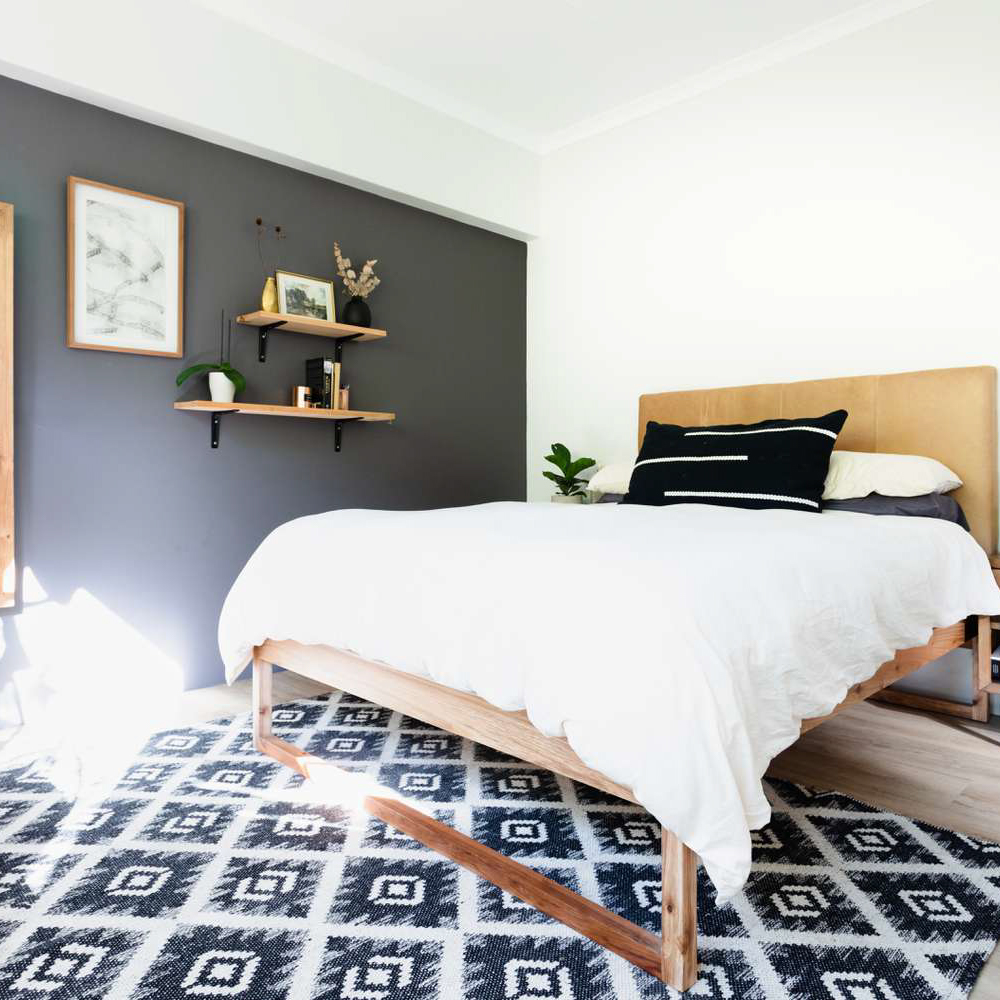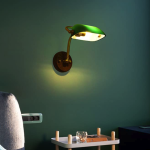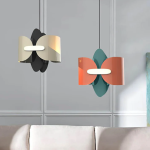
Introduction
Lighting is a crucial aspect of design in any space. It can set the mood, influence behavior, and affect the overall visual appeal of a room. With so many lighting options available, selecting the right type can be overwhelming. Linear lighting has become increasingly popular in recent years due to its versatility, efficiency, and modern aesthetic. This article aims to explore the benefits of linear lighting and showcase how it can be used to create brilliant spaces.
What is Linear Lighting?
Linear lighting refers to any lighting fixture that is long and narrow in shape, typically with a rectangular or cylindrical profile. It can come in a variety of forms, including LED strip lights, linear pendant lights, and linear wall sconces. It is often used to create a clean and minimalist look, as well as provide evenly distributed lighting.
The Advantages of Linear Lighting
Linear lighting has several benefits that make it a popular choice among designers, including:
Versatility
Linear lighting can be used in a variety of spaces, from residential to commercial settings. It can be easily integrated into different design styles, from modern to traditional.
Efficiency
LED linear lighting is highly energy-efficient, consuming less power than traditional lighting sources. It also lasts longer and requires less maintenance, reducing long-term costs.
Flexibility
Linear lighting can be cut to fit any size and shape of space, making it a versatile option for both small and large areas. It can also be adjusted to create different lighting effects and moods.
Modern Aesthetic
Linear lighting provides a sleek and contemporary look that fits well with many modern design styles. It creates a clean and minimalistic appearance, enhancing the overall visual appeal of a space.
Applications of Linear Lighting
Linear lighting is used in various ways to create different moods, effects, and functions. Some of its common applications include:
Task Lighting
Linear lighting is ideal for task lighting, such as illuminating workspaces or reading areas. It provides even illumination, reducing eye strain and fatigue.
Accent Lighting
Linear lighting can be used to highlight architectural features, artwork, or other focal points in a space. It creates a dramatic effect that draws the eye to the highlighted area.
Ambient Lighting
Linear lighting can be used to create ambient lighting, which provides overall illumination to a space. It can be adjusted to create different lighting levels, providing a subtle or dramatic effect.
Designing with Linear Lighting
Using linear lighting in design requires careful consideration of factors such as placement, spacing, and color temperature. Here are some tips to keep in mind when designing with linear lighting:
Consider the Space
The size, shape, and function of the space should dictate the type and amount of linear lighting used. Smaller spaces may require less lighting, while larger spaces may benefit from multiple light sources.
Choose the Right Color Temperature
Color temperature determines the warmth or coolness of the light. It can affect the mood and ambiance of a space, so it’s essential to select the right temperature. For example, warm lighting may be more suitable for a cozy living room, while cool lighting may be better for a modern workspace.
Provide Sufficient Lighting
Linear lighting should provide adequate illumination for the intended purpose of the space. It should be placed in areas where it can reach the desired areas and angles.
Avoid Glare
To prevent eye strain, avoid installing linear lighting in areas where it can cause glare, such as reflective surfaces. Also, consider using diffusers to soften the light and reduce harshness.





